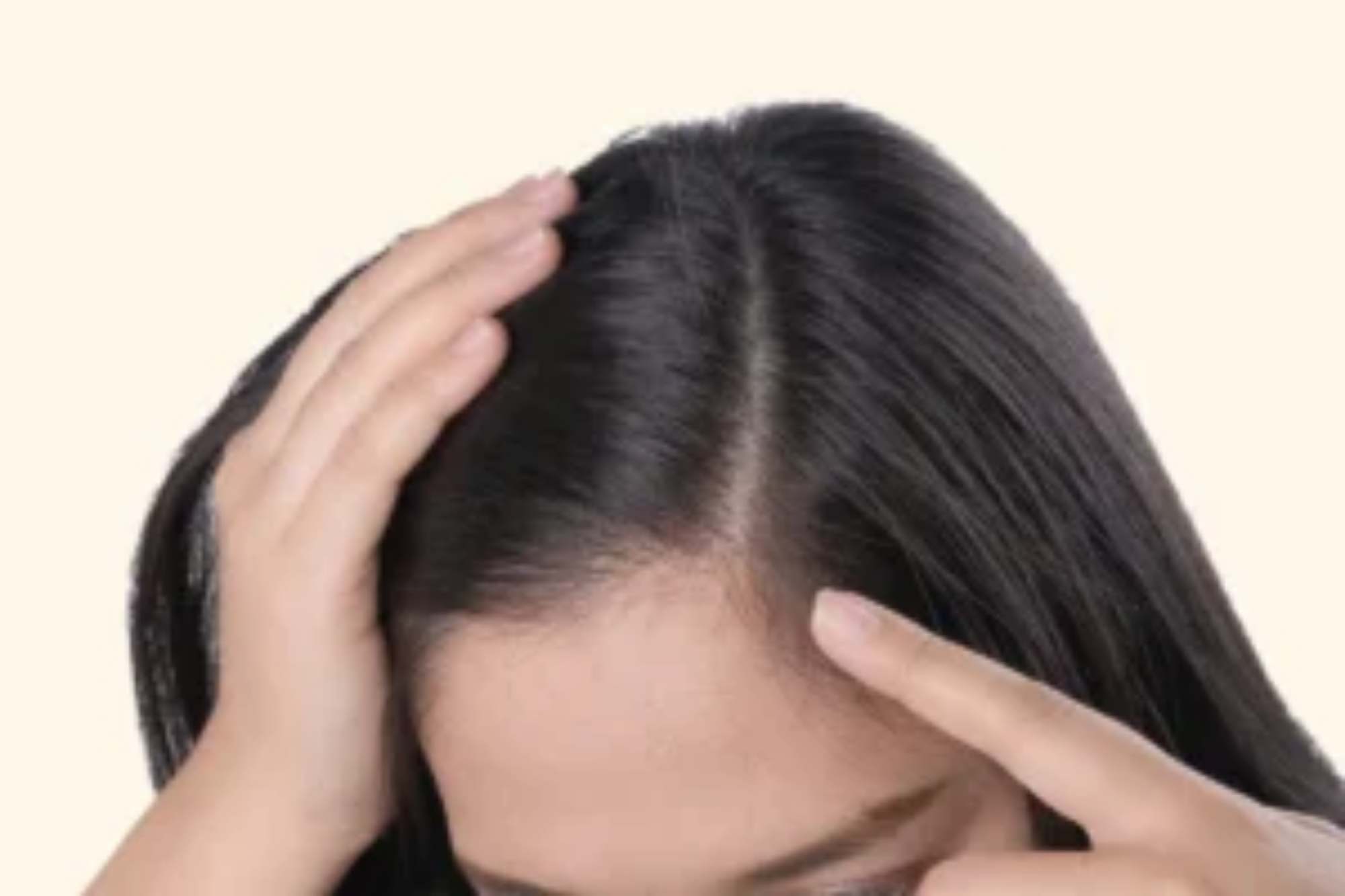
Table of Contents
Introduction to Anti-Dandruff Shampoo Usage
Dandruff can be a persistent and embarrassing condition characterized by flaky scalp skin and, sometimes, itching. Anti-dandruff shampoo is formulated to combat this issue, but using them correctly is key to obtaining the best results. This guide will walk you through effective ways to use anti-dandruff shampoo to reduce flakiness and maintain a healthy scalp.
Understanding Anti-Dandruff Shampoo Ingredients
Key Active Ingredients
Anti-dandruff shampoos contain various active ingredients that target the root causes of dandruff. Common ingredients include zinc pyrithione, which reduces fungus and bacteria; ketoconazole, which fights fungal growth; and selenium sulfide, which slows down the production of skin cells on the scalp. Understanding these ingredients can help you choose the right shampoo for your specific type of dandruff.
Choosing the Right Shampoo
Selecting the correct shampoo depends on your scalp type and the severity of your dandruff. For mild dandruff, a shampoo with zinc pyrithione might suffice. In cases of severe flakiness or fungal-related dandruff, a ketoconazole-based shampoo may be more effective. It’s also important to consider your hair type and any other scalp conditions you might have, such as sensitivity or oiliness.
Proper Application Techniques
How to Apply Anti-Dandruff Shampoo
To maximize the effectiveness of your anti-dandruff shampoo, proper application is crucial. Start by wetting your hair thoroughly with warm water to open up the pores. Apply a sufficient amount of shampoo to cover your scalp. Massage the shampoo into your scalp with gentle, circular motions, allowing it to sit for a few minutes to penetrate the scalp and address flakiness effectively.
Rinsing and Repeating
After allowing the shampoo to sit, rinse your scalp thoroughly with cool water, which helps close the pores and seal in the active ingredients. For best results, you may need to apply the shampoo twice during each wash session—first, to break down the dirt and oils, and second, to let the active ingredients work more effectively.
Frequency of Use
Determining How Often to Shampoo
The frequency of shampoo use can significantly impact its effectiveness. Overusing anti-dandruff shampoo can strip your scalp of natural oils, leading to increased dryness and irritation. Most experts recommend using anti-dandruff shampoo two to three times a week. However, this can vary based on the severity of your dandruff and your scalp type.
Adjusting Based on Scalp Response
Monitor your scalp’s response to the shampoo. If you notice increased dryness or sensitivity, reduce the frequency of use. Conversely, if your dandruff persists, you may need to use the shampoo more frequently or switch to a stronger formulation.
Additional Tips for Dandruff Management
Complementing Treatments
In addition to using anti-dandruff shampoo, consider incorporating treatments like scalp masks or serums that hydrate and soothe the scalp. These can enhance the effectiveness of your shampoo and lead to better overall scalp health.
Lifestyle and Diet
Lifestyle and dietary choices can also influence dandruff. Ensure a balanced diet rich in vitamins and minerals, and try to manage stress, as it can exacerbate scalp issues. Regular hair care and avoiding harsh styling products can further help manage and reduce dandruff.
Conclusion
Using anti-dandruff shampoo effectively involves choosing the right product, applying it correctly, and adjusting the frequency of use based on your scalp’s response. By following these tips, you can maximize the effectiveness of your anti-dandruff treatment and maintain a healthier, flake-free scalp. Remember, consistency is key in keeping dandruff at bay and ensuring the health of your scalp.
Please explore our site for more exciting content if you like this article.
Please explore our site for more exciting content if you like this article.